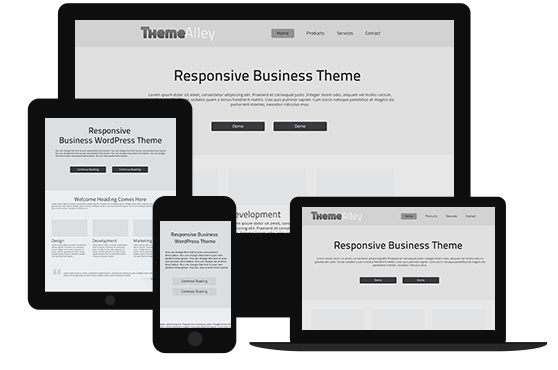If there’s any trend worth observing in this 21st century is how these contemporary times has made activities that would typically be described as frivolous into something considerably more substantial. You can for example turn your hobby of playing video games into an actual, bountiful living or you can simply upload photos and videos of you in social media into an actual career. That last part there is particularly important as the use of social media is still stigmatized as something silly even though they can be particularly useful as long as you know what to look for from social media platforms.
For one, as social media is where the majority of the younger generation spends a part of their time, platforms such as Twitter or Instagram make for an incredibly fertile ground for the purpose of marketing. Social media platforms allow you to do research on your target market and connect with them directly. However, what’s less known is that those very same platforms could be used for the purpose of competitive analysis where your company can scout your competition and see if there’s anything they’re doing that might be worth considering.
The importance of competitive analysis
No matter how specifically niche your business is, you’re bound to have some competition and your competition typically range from bigger, more established businesses to younger, more agile startups. The common sense is that as a business, you’re going to have to find an edge over these competitions to be successful as a business but when you’re going toe-to-toe with businesses with more brand recognition and resources, there might not be a lot you can do. Whatever the case, competitive analysis can be useful in helping you figure out the landscape for your industry.
In layman’s terms, competitive analysis is the practice of data gathering and analysis of other players in your industry and how they handle their businesses and how they deal with customers. Competitive analysis doesn’t fall under the umbrella of corporate espionage because you’re only dealing with data that are publicly available and this practice has long been a mainstay in responsible business practice. In today’s business world, competitive analysis can be incredibly useful because they might help your business survive even when you’re operating with a disadvantage by helping you finding your niche.
If you can’t be better than your competition, try being different instead. The goal of trying to find your niche is to try a segment of the market that’s still relatively untapped and figure out how to enter that market. Using competitive analysis, you can find out what segment your competitors are focusing on and the kind of audience they’re trying to attract and use that information to carve your own slice of the market. Social media platforms can be incredibly useful here as they provide you with all of this information in a single spot.
Establish who your competitors are
The first thing to do is to try and not to limit your scope simply on other businesses of similar sizes and price range. While you might not be directly competing with businesses that are operating in a different segment, market overlaps here and there is to be expected and checking these brands out will help you in finding other segments to fill. If you’re just starting out, it’s incredibly important for you to try and establish yourself outside your competitor’s shadow and that can be achieved by being unique.
Find out how they’re using social media
Some brands use social media simply as a marketing tool while others use them as sales channel and a customer service channel on top of their purpose as a marketing tool. You can also see which of your competitors are getting more engagement in a platform and how they interact with their customers. Follower and like counts aren’t the only metric you should pay attention to and you might want to try posing as customers and try to interact with your competitors on social media just to see how they handle things. For now, focus on gathering and categorizing these data first before trying to make sense of them.
Check out what influencer they’re keeping an eye on
I’m not talking about the Kardashians or the Hadids of the world; I’m talking about industry-specific influencer whose contents are of a specific niche. For example, I know of several accounts that are knee-deep in the world of denim that are fairly influential even when their follower count is negligible compared to some of the more popular influencers. If you’re trying to establish credibility within the experts of your industry, getting to know these industry-specific influencers are a must and this is just one of the many ways social media competitive analysis could help you.
Use all of the collected information to help your business
By now, you already have an idea on who your competitors are and if you’ve been doing your homework, you should already have an idea on the strengths and weaknesses of each account and how they position themselves within the market. With this information, you should be able to make a decision on whether you’re capable of directly competing with your competitors or if it would be too time-consuming and expensive to try intruding in their domain. If it’s the latter, you should try exploiting existing gaps in the market where none of your competitors excel in.
From all the data you’ve gathered on their social media accounts, you should also have an idea on which account is receiving more engagement from customers. It’s important to underline the social part in social media as ideally, you want there to be more activity in your social media feed. What kind of content they’re using, how they respond to queries on social media and the frequency of updates all have an effect on customer’s engagement and you want to use these information to figure out your own social media strategies.



